ACKNOWLEDGMENTS
T he case examples in this book are composite cases with names and details disguised. We are privileged to be part of our patient's journeys and are grateful to them for sharing their stories to guide others on the courageous path to healing and change. Many thanks to Milwaukee Public Library for kind permission to cite their protocol for researching personal genealogy. Our special thanks to Valerie Cooper and her staff at Nicolas-Hays for their excellent suggestions.

I WANT TO THANK MY grandparents and parents who inspired this book, my wife Usha, my daughter Ami, my son Siddhartha, my son-in-law Ralph Stayer, my grandson Signe and his mother Angela, who all bore with me during the tedious process of working on this book and generously gave me their love, encouragement, and support. I particularly want to thank my son Siddhartha, who initially helped me refine the concept of clan karma in our informal weekly father-son dinners. Finally, I wish to express a deep appreciation to my co-author, Boris, for a most enjoyable collaboration on this project and for our fellowship.
ASHOK BEDI
WORKING WITH MY FRIEND and colleague Ashok is always an intellectually stimulating experience. Co-authoring this book with him has helped me more fully appreciate the travails and the accomplishments of my parents and grandparents, as well as of the many patients who shared their life journey with me individually and in the dream groups I have lead with my co-facilitator, Marilyn Olson. I am especially grateful to my patients who kindly permitted me to include parts of their stories and struggles. Last, but not least, I thank the many teachers who have broadened and deepened a gift first given me by my mother: an appreciation for the universality of human experience.
BORIS MATTHEWS

We are all faced with a positively terrifying parental backlog of repressed muck for which we are ultimately responsible as individuals, in terms of how we deal with this heritage. No one escapes.Many people neverheal it, and their children must then deal with the problem.
LIZ GREENE,
The Development of the Personality (p. 160)
APPENDIX A:
ADDITIONAL READING
T he books referenced are only a small selection from among the many useful resources. What we have listed are, of course, our favorites. We hope these few titles will further speed you on your journey.
CHAKRAS
Arewa, Caroline Shola. Opening to Spirit: Contacting the Healing Power of the Chakras  Honoring African Spirituality. London: Thorsons, 1998. A fine introduction to the chakras, including psychological, medical, mythological, and herbal information and exercises relating to each chakra.
Honoring African Spirituality. London: Thorsons, 1998. A fine introduction to the chakras, including psychological, medical, mythological, and herbal information and exercises relating to each chakra.
Karagulla, Shafica, M.D., and Dora van Gelder Kunz. The Chakras and the Human Energy Fields. Wheaton: Quest Books/Theosophical Publishing House, 1989. Karagulla and van Gelder Kunz's work rests on solid medical diagnosis that correlates clairvoyant diagnosis. A must if you are especially interested in the medical aspects of chakra work.
Leadbeater, C. W. The Chakras. Wheaton: Quest Books/Theosophical Publishing House, 1927/1997. This is a classic, but probably not the first book to read on the chakras.
Simpson, Liz. The Book of Chakra Healing. New York: Sterling Publishing Co., 1999. Another good introduction with useful meditation and physical exercises for balancing and strengthening the chakras.
Wauters, Ambika. Healing with the Energy of the Chakras. Freedom, CA: Crossing Press, 1998. Yet another practical introduction and overview.
DREAMS
Bosnak, Robert. A Little Course in Dreams: A Basic Handbook of Jungian Dreamwork. Boston: Shambhala Publications, 1988. The subtitle says it all. Bosnak reviews all the essentials of Jungian dream work, with special attention to embodied re-experiencing of the dream.
Hall, James A. Jungian Dream Interpretation: A Handbook of Theory and Practice. Toronto: Inner City Books, 1983. Hall's book is a classic presentation. Very readable. Also has a handy glossary of Jungian terms.
GENOGRAM
McGoldrick, Monica, and Randy Gerson. Genograms in Family Assessment. New York: W. W. Norton & Company, 1985. McGoldrick and Gerson's text will lead you as deep into genogram construction as you want to go. Very useful, whether you are a beginner or an expert.
MORPHOGENIC FIELDS
Sheldrake, Rupert. A New Science of Life: The Hypothesis of Formative Causation, 2nd ed. London: Blond and Briggs, 1985. This is Sheldrake's classic presentation of his ideas on morphogenic fields.
______. The Presence of the Past: Morphic Resonance and the Habits of Nature. New York: Times Books, 1988.
______. The Rebirth of Nature: The Greening of Science and God. New York: Bantam, 1990.
______. Dogs That Know When Their Owners Are Coming Home and Other Unexplained Powers of Animals. New York: Crown Publishers, 1999.
Sheldrake, Rupert, and Matthew Fox. Natural Grace: Dialogues on Creation, Darkness, and the Soul in Spirituality and Science. New York: Doubleday, 1996.
APPENDIX B: GENEALOGY
R esearching your genealogy involves several steps. The material we are presenting here is based on the excellent pamphlet, Researching the Family Tree, prepared by the staff at the Milwaukee Public Library, and excerpted by kind permission.
GETTING STARTED
Interviewing members of your family is the place to start. Get all the information you can from relatives. Family photo albums and old family bibles can be great sources of information because they often contain names and dates.
Read at least one book on how to do genealogical research. Here are several you might consider:
Doane, Gilbert H. and James B. Bell. Searching for Your Ancestors : The How and Why of Genealogy. 6th ed. Minneapolis: University of Minnesota Press, 1992. This is a classic, and a good one for a start.
Croom, Emily Anne. Unpuzzling Your Past: The Best-Selling Basic Guide to Genealogy. 4th ed., expanded, updated, and revised. Cincinnati, Ohio: Betterway Books, 2001.
The Source: A Guidebook of American Genealogy. Loretto Dennis Szucs and Sandra Hargreaves Luebking, eds. Salt Lake City: Ancestry, 1997. This is a one of the two most complete compendia.
Printed Sources: A Guide to Published Genealogical Records. Kory L. Meyerink, ed. Salt Lake City, Utah: Ancestry, 1998. This is the other of the two most complete compendia.
On the Internet you can find a great deal of information on genealogy. One fine Web site is RootsWeb.com. Check out especially their Guide to Tracing Family Trees where you will find many useful links for locating and tracing adoption records:
http://www.rootsweb.com/~rwguide/lesson31.html
DIGGING DEEPER
As you delve into your genealogy, you may find it useful or necessary to consult more specialized resources. This might include immigration and naturalization records:
Newman, John J. American Naturalization Records, 1790-1990: What They Are and How to Use Them. Bountiful, Utah: Heritage Quest, 1998.
Or studying family photographs:
Taylor, Maureen Alice. Uncovering Your Ancestry through Family Photographs. Cincinnati, Ohio: Betterway Books, 2000.
Ethnic and minority resources also abound:
Angus Baxter has written several volumes devoted to British, Irish, Canadian, European, and German roots.
Burrough, Tony. Black Roots: A Beginner's Guide to Tracing the African American Family Tree.
Next page
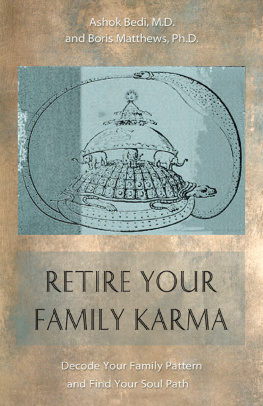
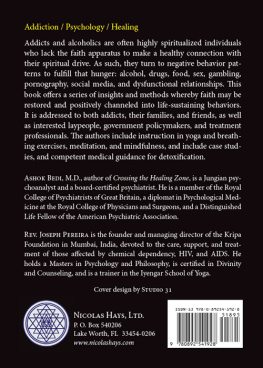
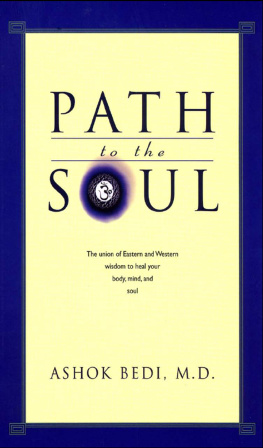
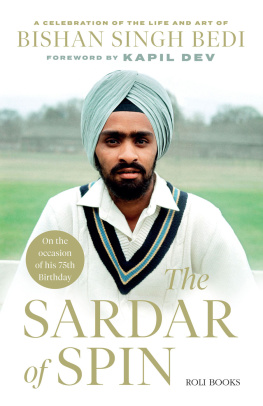
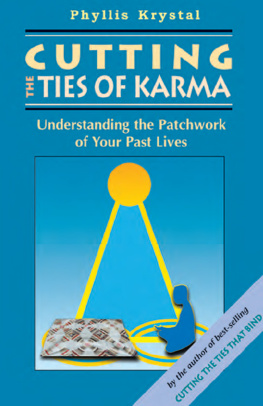


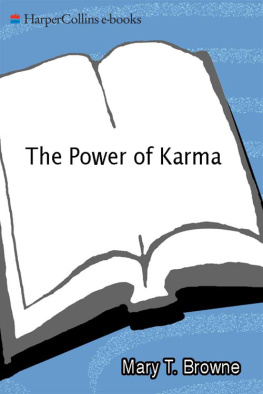

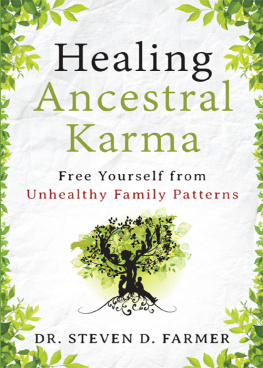

 Honoring African Spirituality. London: Thorsons, 1998. A fine introduction to the chakras, including psychological, medical, mythological, and herbal information and exercises relating to each chakra.
Honoring African Spirituality. London: Thorsons, 1998. A fine introduction to the chakras, including psychological, medical, mythological, and herbal information and exercises relating to each chakra.